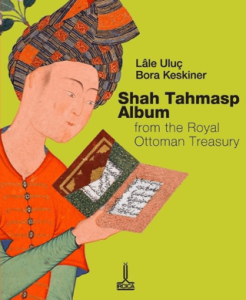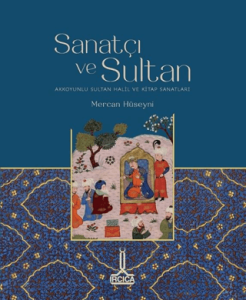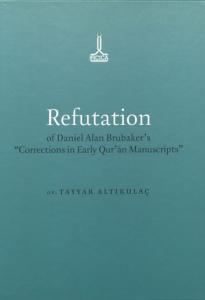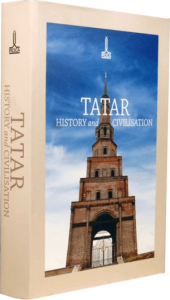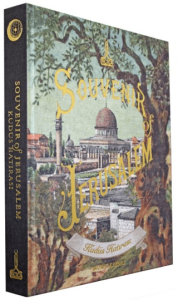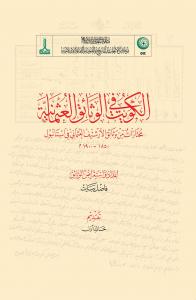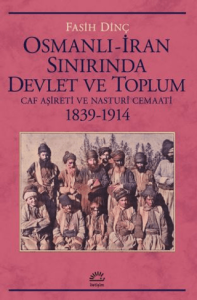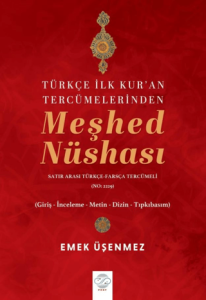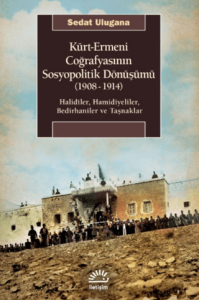
Carpets and rugs represent an important branch of the traditional arts and handicrafts of the Muslim world. They are studied by IRCICA in its programs relating to arts, handicrafts and history of arts. the carpets used by the nomadic Turks in Central Asia were, beyond their functional usage, an art which they carried with them in their journey to different lands where they ruled from the tenth and eleventh centuries onwards. They influenced the Mamluk carpets, which constitute the theme of this book. The latter were renowned and most valued until the sixteenth century. This book by Sumiyo Okumura, a historian of art from Japan, is an extensive study of Mamluk carpets, their unique features and their evolution, with due regard to crosscultural influences observable in this process. The author’s technical analysis of twenty pieces out of to seventy-seven Mamluk carpets she included in the catalogue section of the book will be highly useful for researchers in the field The study comes in an amply illustrated beautiful edition.
Carpets and rugs represent an important branch of the traditional arts and handicrafts of the Muslim world. They are studied by IRCICA in its programs relating to arts, handicrafts and history of arts. the carpets used by the nomadic Turks in Central Asia were, beyond their functional usage, an art which they carried with them in their journey to different lands where they ruled from the tenth and eleventh centuries onwards. They influenced the Mamluk carpets, which constitute the theme of this book. The latter were renowned and most valued until the sixteenth century. This book by Sumiyo Okumura, a historian of art from Japan, is an extensive study of Mamluk carpets, their unique features and their evolution, with due regard to crosscultural influences observable in this process. The author’s technical analysis of twenty pieces out of to seventy-seven Mamluk carpets she included in the catalogue section of the book will be highly useful for researchers in the field The study comes in an amply illustrated beautiful edition.



